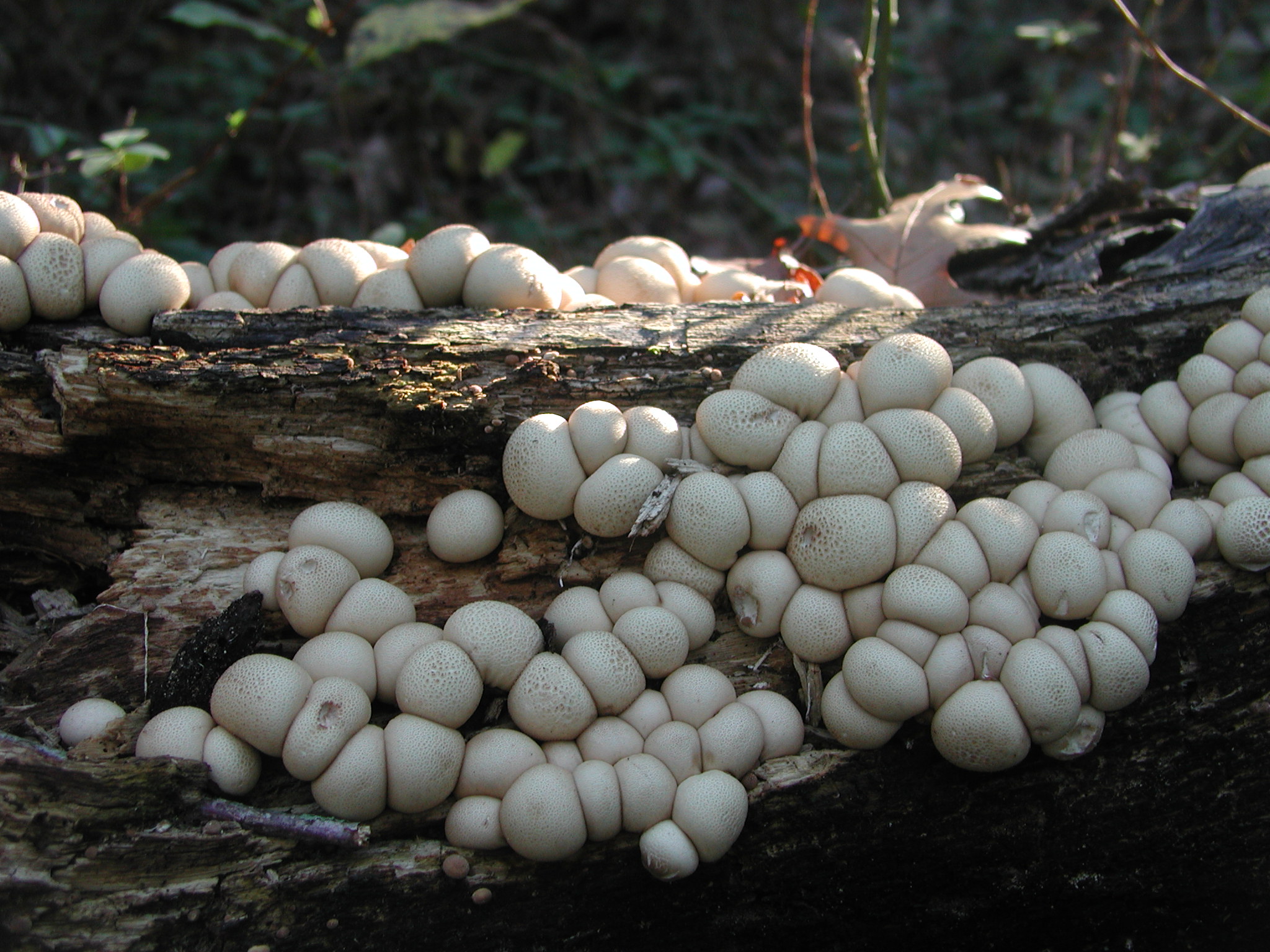Resource Library
Plant of the Week: Kingdoms of life
As a fan of science and science fiction, I’m jazzed with all this talk of Mars. But I think I would wait for a little terraforming to take place before I moved there. With an atmosphere of about 90 percent carbon dioxide and its chilly distance from the sun, it seems a pretty inhospitable place. But we must remember, before plants terraformed earth and released all that oxygen, our home was pretty inhospitable too.
The first life on earth that left direct trace evidence were microbes that lived in the primordial oceans some 3.5-4.3 billion years ago, depending on who you believe. Older life may have existed, possibly arising around hydrothermal vents in the ocean floor where a witches’ brew of chemicals, heat and pressure came together in the great laboratory of life.
About 3 billion years ago a new type of organism called cyanobacteria appeared that, instead of using energy from cracks in the earth’s crust, used sunlight to drive chemical reactions. Carbon dioxide was used as the raw ingredient and oxygen given off as a toxic byproduct. During the next half billion years these photosynthetic organisms perfected the process and by 2.5 bya, oxygen levels increased dramatically in what is called “the great oxidation event.”
Studying rock isotopes of various minerals, scientists can estimate oxygen and carbon dioxide concentrations in the formative years of earth’s atmosphere. Oxygen was essentially nonexistent in the early days of earth formation but increased until it reached a stable point that lasted for more than a billion years. Then, recently (about a half billion years ago), the oxygen concentration skyrocketed as land plants emerged and all those fossil fuels were deposited. Carbon dioxide concentrations started somewhere between 25 and 50 percent of our atmosphere but dropped to trace-gas status as those land plants did their thing.
After millions of biological dead ends, extinctions too numerous to count, and many slow starts, life as we know it today took center stage with our kind appeared about 2.4 million years ago. One of the peculiarities of humankind is the need to study and classify things. Not surprisingly, life is one of those things.
Aristotle (384-322 BC) made it easy and divided everything into plants and animals. These two categories (Kingdoms in the Linnaean classification scheme) held until the microscope was invented when all sorts of new possibilities emerged.
The most commonly accepted separation of Kingdoms used today recognizes six — well, sometimes seven or eight. There is general agreement amongst biologists about organisms in the Plant Kingdom (organisms that use sunlight to produce food), Animal Kingdom (those organisms that directly consume organic matter into their hollow gut that forms from the blastula during embryogenesis) and Fungus Kingdom (those organisms that do not photosynthesize and primarily live by decaying the other two).
It is the little one-celled organisms that cause so much of the confusion in deciding how many kingdoms we should define. Even the cyanobacteria (blue-green algae) that have been around for about three billion years are too primitive to be considered plants, so they are moved about in the remaining kingdoms depending on the latest research. RNA analysis – many of these organisms came along before DNA evolved – is helping clarify this tangled web of ancestry.
Obviously, terraforming does work, but it’s a pretty slow process. Maybe one of the new visitors to Mars will discover ancient traces of life. But I wonder. Maybe Martian life isn’t built on a carbon frame and doesn’t need balmy temperatures to feel at home.
For more information about horticulture or to see other Plant of the Week columns, visit Extension’s Website, www.uaex.uada.edu, or contact your county extension agent. The Cooperative Extension Service is part of the U of A Division of Agriculture.
